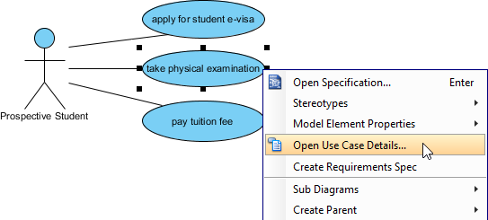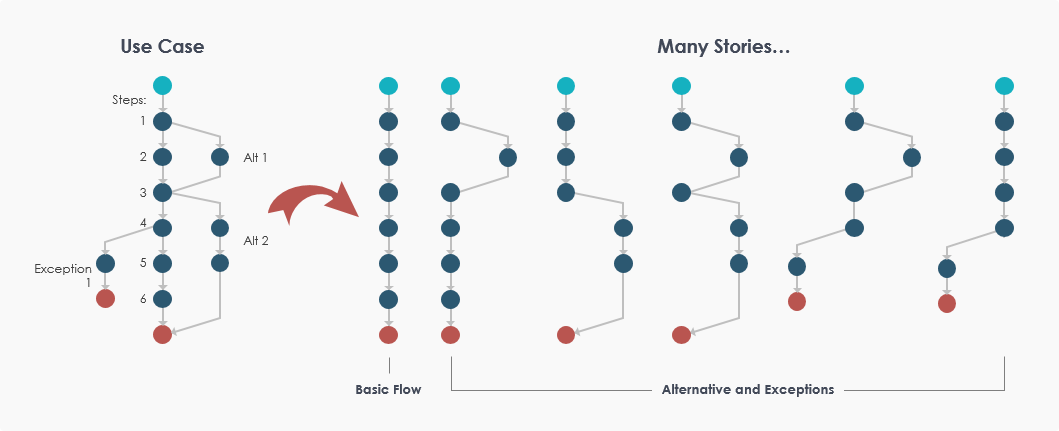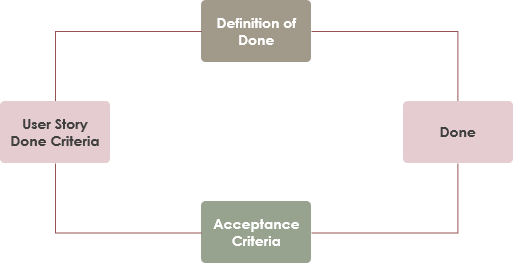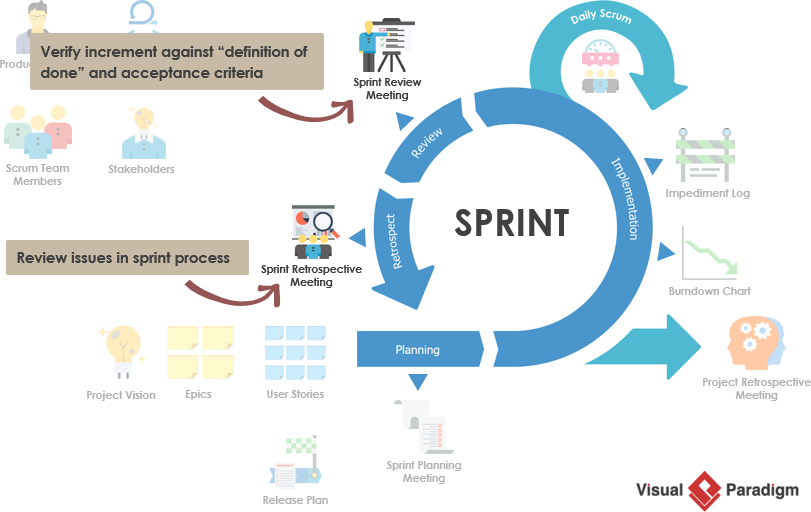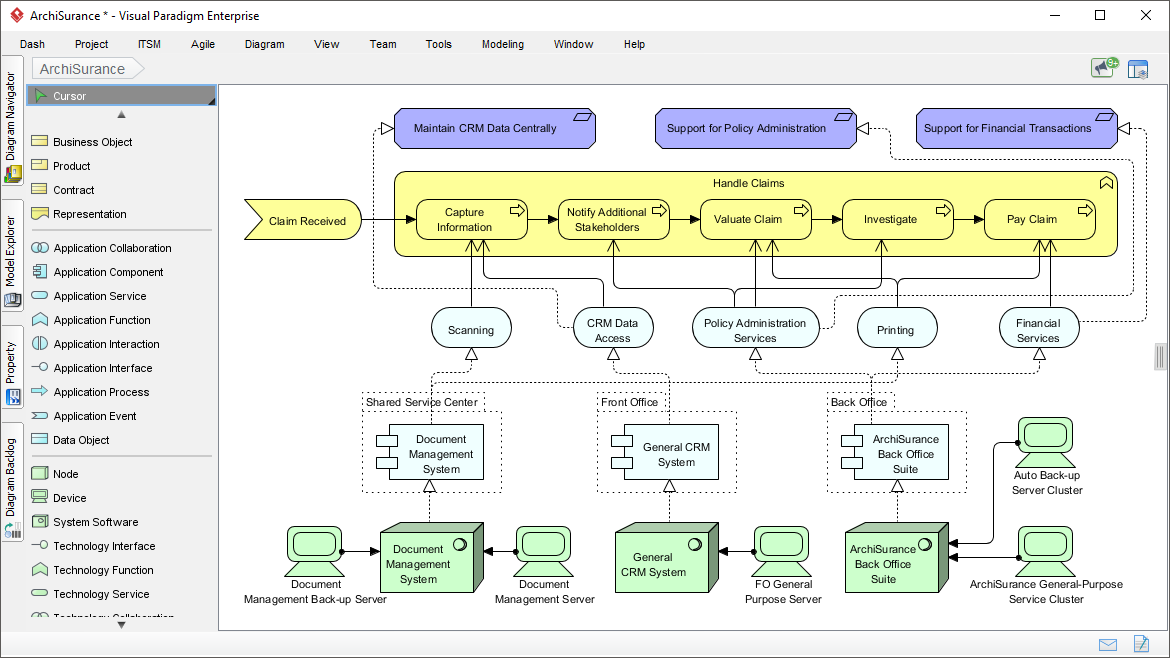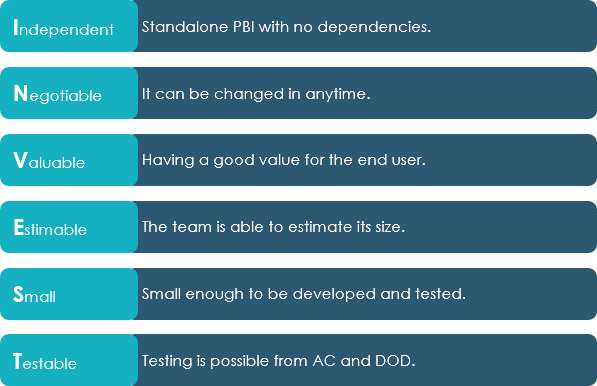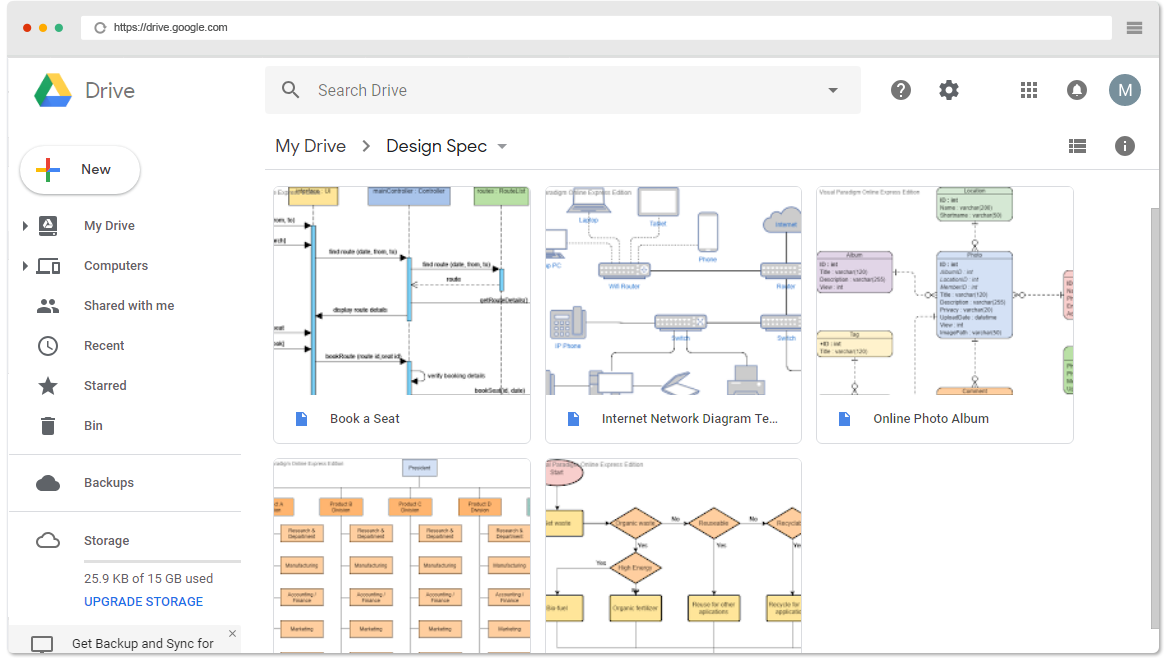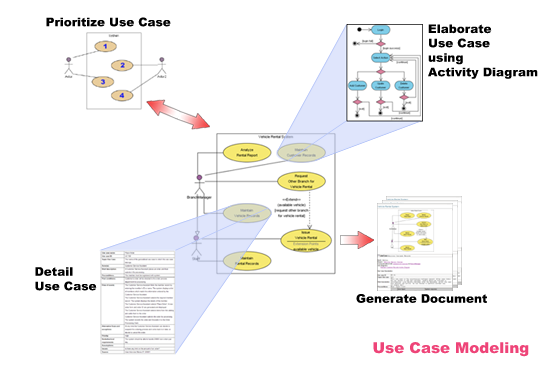A use case is a written description of how a user performs a task on your system. It outlines the behavior of the system from the user’s perspective when responding to a request. Each use case is represented as a sequence of simple steps, starting with the user’s goal and ending when the goal is achieved.
Continue reading